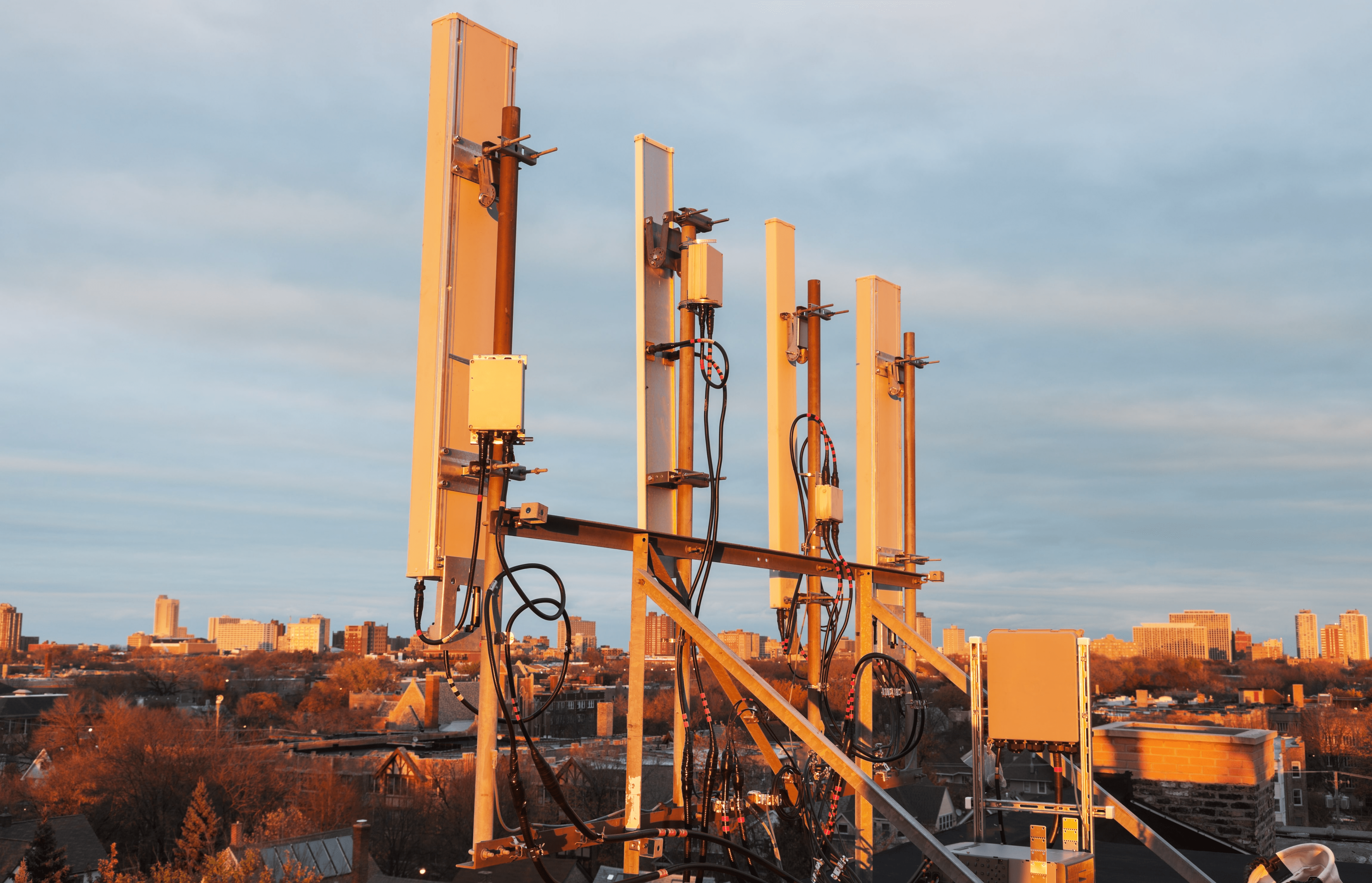Large carriers are racing to 5G with regular announcements about their progress:
- In October 2018, Verizon announced the first commercially available 5G network.
- AT&T announced that its 5G network is launching in the next few weeks.
- T-Mobile announced that it would build out 5G in 30 new cities in 2018.
Standards are emerging, and mobile network operators (MNOs) should be capitalizing on this moment to own to the 5G space, shape the standards, and outsmart the competition. In order to do this, carriers must adopt processes that enable them to move quickly while providing a higher level of service and reliability to customers. This means aligning their processes with the technology they use to track projects and manage existing assets. This doesn’t just apply to projects the carrier manages directly, but that of their service providers, as well. The entire ecosystem a carrier creates and works with should be using the same processes and standards, managed on the same platform to ensure that the end result is a faster time to 5G coverage and reliable service for customers.
What is 5G and what telecom infrastructure is necessary to support it?
5G will deliver:
- 10X decrease latency
- 10X connection density
- 3X spectrum efficiency
- 100X traffic capacity
- 100X network efficiency
T-Mobile’s John Legere says about their 5G deployment: “It enables brand new IoT experiences, massive connectivity, smart cities, decade-long battery life, ultra-responsive networks, and increased speed, but it’s more than that – to fully unleash 5G requires a nationwide network.”
With staggering improvements such as these waiting to be tapped, it’s no wonder the race to 5G is heating up. 5G technology will enable a new age in the internet of things (IoT), Industrial Internet of Things (IIoT), and mobile device usage. From 1G to the development of 5G, we’ve gone from basic voice communication over wireless telecom infrastructure to virtually unlimited connectivity at previously unimaginable speeds. Each evolution of 3rd Generation Partnership Project (3GPP) standards has brought new capabilities. At this juncture, there are two steps ahead of carriers:
- Getting to 5G non-standalone coverage
- Achieving 5G standalone coverage
So what do each of these mean and what telecom infrastructure is needed to get there?
5G Non-Standalone
The work to achieve a non-standalone 5G network starts with working to densify 4G LTE networks — this process is known in the telecom industry as network densification. Basing the first iteration of 5G on existing 4G technology will enable faster time to deployment.
This first phase of 5G deployment will be based on fixed wireless access, built on millimeter wavelength. There are two frequency ranges that non-standalone 5G will use:
- 450 MHz to 6,000 MHz, New Radio (NR), or sub-6GHz
- 24,250 MHz (~24GHz) to 52,600 MHz (~52GHz) or millimeter wave (mmWave)
This means that though speeds and efficiency will increase, connectivity may not be able to penetrate walls and other hard structures. This line of sight transmission will be a jumping point for 5G standalone technology.
5G Standalone
Standalone 5G will not be based on existing infrastructure but requires new telecom infrastructure deployment, including hardware, chips, modems, and antennas. The 5G standards set out by 3GPP require that new infrastructure is built to support a new kind of connectivity.
So, the difference between standalone and non-standalone 5G technology is that non-standalone builds off 4G’s existing infrastructure and standalone 5G requires completely new infrastructure with a new set of hardware standards.
What telecom infrastructure do carriers need to utilize and build to make 5G a reality?
To make 5G a reality, wireless carriers and their service providers will need to deploy small cells as quickly and strategically as possible, as well as make strides towards standalone networks. This means that the volume, variety, and velocity of projects is and will be increasing exponentially, whether that’s modifying existing infrastructure or building out new sites. Carriers with existing 5G spectrum are undoubtedly at an advantage, but there’s a wide range of spectrum that can be used for 5G, so there are a wide variety of hardware deployments needed.
So, the answer to the question, “What telecom infrastructure do carriers need to utilize and build to make 5G a reality?” is really:
It depends on the spectrum. There will be a wide variety of antennas needed to utilize the spectrum available for 5G. This means that getting to 5G will require more standardization than ever before because the types of projects will vary so greatly.
How will Mobile Network Operators standardize their processes to dominate the market with 5G coverage?
MNOs will need to get their deployment teams on the same page, including their service providers, to take advantage of the race to 5G, because this race is being run on many different tracks and requires hundreds, if not thousands, of different types of repeatable project processes. Carriers must choose a project management platform that will enable entire project teams to work together seamlessly.
What wireless carriers need to build the telecom infrastructure needed to enable 5G technologies
As the race to non-standalone and, eventually, standalone 5G coverage continues to heat up, MNOs need to make sure that they are aligned internally and with their service providers on the processes necessary to build out telecom infrastructure. Wireless carriers must adopt processes that enable them to move fast and provide customers with the best possible and most reliable mobile connectivity.
To deploy telecom infrastructure effectively, carriers must align their processes with their technology. They need to involve their entire ecosystem — from CEO to field worker — to provide customers with the connectivity that, if they don’t get from one provider, they will look for in the next.
Telecom carriers are facing unprecedented challenges as they vie for the 5G coverage. They are making progress, but to out plan and outperform the competition, they will need to improve their processes.
Demo the project and asset management software that will get you to 5G, now.
